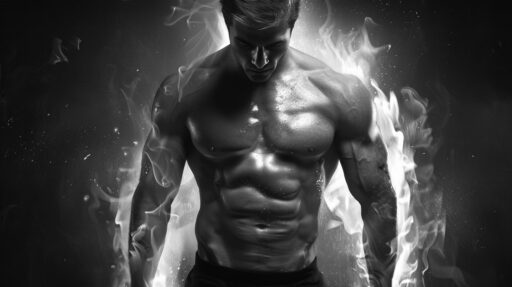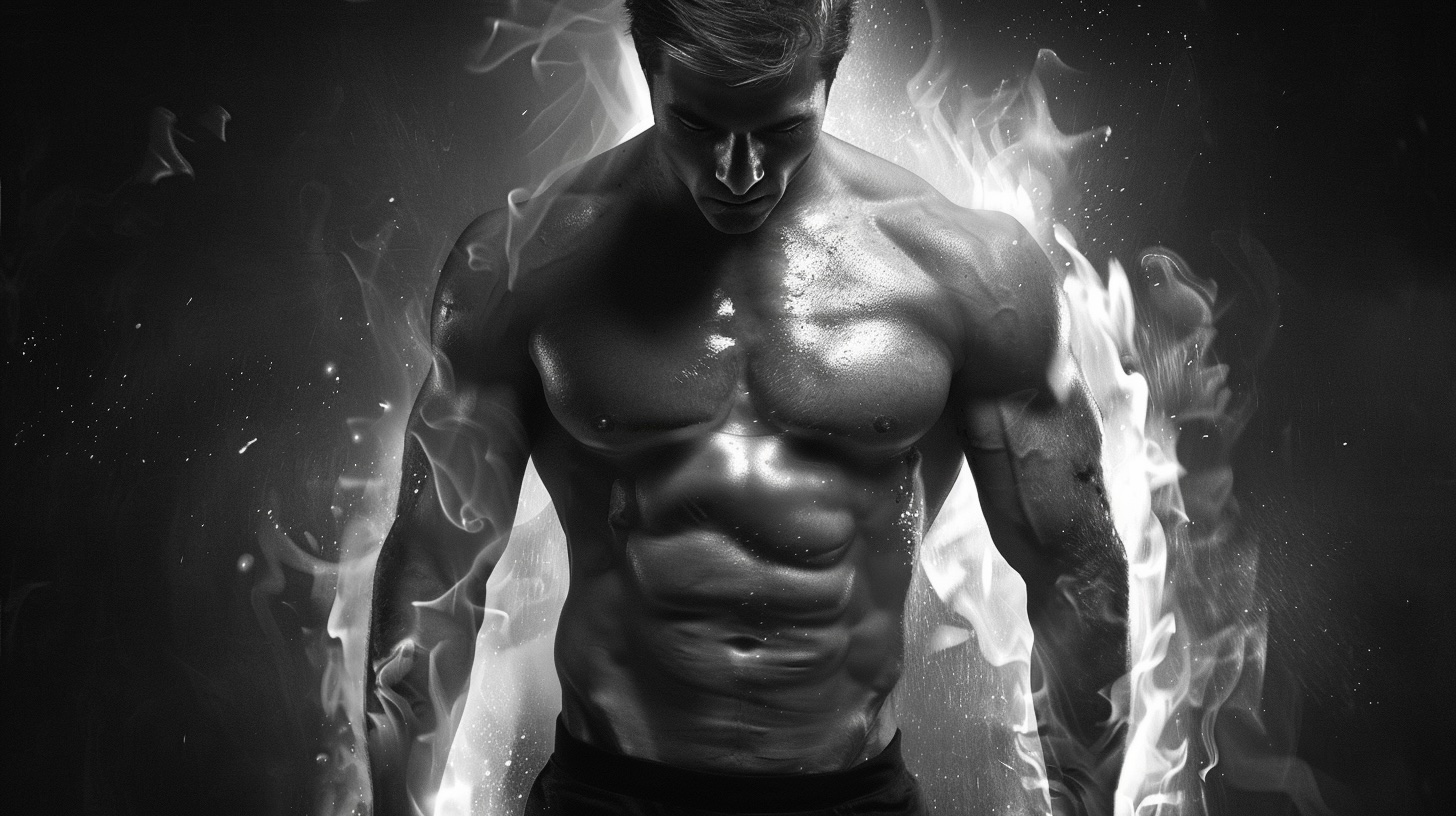The Surprising Truth: Building Muscle Without Soreness
Have you ever finished an intense workout, eagerly anticipating that familiar ache in your muscles, only to wake up the next day feeling… fine? No soreness, no stiffness, just… normal. If you’re like many fitness enthusiasts, you might find yourself wondering, “If I’m not sore, am I still building muscle?”
Let’s dive into this question with a story that might sound familiar.
Picture this: It’s Monday morning, and you’re at the gym, determined to kickstart your week with an epic leg day. You push through squats, lunges, and leg presses, feeling the burn with every rep. As you leave the gym, you’re already bracing yourself for the soreness that’s sure to come. But Tuesday rolls around, and… nothing. Your legs feel perfectly fine. Panic sets in. Did you waste your workout? Are your gains slipping away?
If this scenario resonates with you, you’re not alone. The belief that muscle soreness equals muscle growth is deeply ingrained in fitness culture. But here’s the unexpected twist: science tells us a different story.
Table of Contents
The Myth of Necessary Soreness
Let’s debunk this myth once and for all: muscle soreness is not a requirement for muscle growth. That’s right, you read that correctly. According to research from Built With Science, muscle growth can occur without any muscle soreness or significant muscle damage. This revelation might come as a shock, especially if you’ve been chasing that post-workout ache as a badge of honor.
But if soreness isn’t necessary, what exactly is happening when we feel that familiar pain? The answer lies in something called Delayed Onset Muscle Soreness (DOMS). DOMS is believed to result from microscopic tears in muscle fibers and connective tissue, caused by resistance training or novel stimuli. While it might seem logical that these tears are a sign of muscle growth, the relationship between muscle damage (indicated by soreness) and muscle growth is actually quite weak.
The Soreness Paradox
Here’s where things get even more interesting. Did you know that some muscle groups, like your shoulders, tend to experience less soreness than others? Yet, they can still grow effectively. This variability in soreness across different parts of your body further undermines the idea that soreness is a reliable indicator of muscle growth.
But wait, there’s more! As you train more frequently, you might notice that muscle soreness typically decreases. This doesn’t mean you’re not making progress. In fact, it’s a sign that your body is adapting to the stress of exercise – a crucial part of getting stronger and building muscle.
So, if soreness isn’t the goal, what should you be focusing on?
The Real Keys to Muscle Growth
- Progressive Overload: This is the golden rule of muscle building. Gradually increase the weight, reps, or sets in your workouts. This consistent challenge to your muscles is what drives growth, not how sore you feel the next day.
- Varied Exercises: Keep your muscles guessing by incorporating different exercises that target them from various angles. This variety can stimulate growth even when soreness is minimal.
- Proper Form: Never sacrifice form for weight or reps. Good form ensures you’re effectively targeting the right muscles and reduces the risk of injury.
- Adequate Rest: Your muscles grow during recovery, not during the workout itself. Ensure you’re getting enough sleep and rest between sessions.
- Nutrition: Fuel your muscle growth with adequate protein and calories. Even the best workout routine won’t yield results if you’re not providing your body with the building blocks it needs.
The Science Behind the Scenes
Let’s get a bit technical for a moment. When you exercise, you’re creating microscopic damage to your muscle fibers. Your body then repairs this damage, making the muscles stronger and larger in the process. This repair process doesn’t always result in soreness, especially as your body becomes more efficient at dealing with the stress of exercise. Learn more about the body’s adaptation here.
According to Legion Athletics, the goal of training should be progression in weight, reps, or overall volume, not achieving soreness. This focus on measurable progress, rather than subjective feelings of soreness, is what truly drives muscle growth.
A New Perspective on Your Workouts
So, the next time you finish a workout and don’t feel sore the next day, don’t panic. Instead, ask yourself:
- Did I push myself a little harder than last time?
- Am I seeing improvements in my strength or endurance?
- Am I consistently challenging myself with varied exercises?
- Am I fueling my body properly and getting enough rest?
If you can answer yes to these questions, you’re on the right track, soreness or not.
Remember, your fitness journey is uniquely yours. You’re the hero of this story, and the knowledge you’re gaining is your guide. Don’t let myths and misconceptions hold you back. Embrace the science, trust the process, and keep pushing forward.
In conclusion, while muscle soreness can indicate that you’ve challenged your muscles, it is not a prerequisite for muscle growth. Consistent, progressive training, proper nutrition, and adequate recovery are far more important factors in building muscle than the presence or absence of soreness.
So, to answer the burning question: “If I’m not sore, am I still building muscle?” The answer is a resounding yes – as long as you’re following the principles we’ve discussed. Your muscles don’t need to ache to grow. They just need consistent, progressive challenge and the right supporting habits.
Keep at it, stay consistent, and trust in the process. Your future, stronger self will thank you – sore or not!






